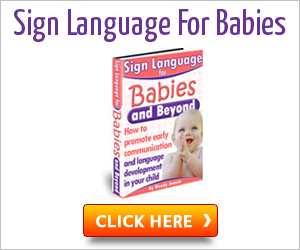Sign Language Certification
A sign language which is also known as signed language is a language which uses manual communication, body language and lip movements instead of sound to express meaning. The sign language is the one simultaneously combining hand movements, body and facial expressions to convey the speaker’s thoughts.
Sign languages is the well-known way of communication for people who are deaf. Communities like this include interpreters and friends and families of deaf people as well as people who are deaf or the people having some hearing difficulties.
Normally, each spoken language contains a sign language counterpart in as much as each linguistic resident will contain Deaf people who will generate a custom sign language. In much the same way that geographical or cultural factors will separate populations and lead to the generation of different and diverse spoken languages, the same forces work on signed languages. Due to which the identities of such sign languages is maintained through time even though the local spoken languages might influence them.
This happens even though sign languages have no basic relation to the spoken languages of the lands in which they arise. There are prominent exceptions to this pattern, however, there are a few geographically divided regions that share a spoken language as opposed to signed languages that are not rlated with each other. Variations occurring within a national sign language can usually be connected to the geographic location of residential schools for the deaf.
Completing an interpreter course is not enough to become a certified interpreter. You must be fully knowledgeable with the language apart from the culture of that language and ethics that are involved for being an interpreter in order to receive the National Interpreter Certification (NIC).
The Registry of Interpreters for the Deaf or the RID and the National Association of the Deaf -the NAD were the two organizations which developed the NIC test.; candidates are awarded this certificate on successful clearing of this test which assesses their efficiency and language skills.
Some states have brought statewide sign language certifications that assess the interpreter’s skills and ability. Theere are high testing standards and widespread practical experience is usually needed before trainees are able to pass this course.
Some of the few common sign language certifications being awarded are as follows. CSC is the ability to understand or record both between spoken or written English and American Sign Language based on a sign code for spoken or written English. CI/CT indicates capability in interpretation between American Sign Language and spoken English.
SC: L is the Specialty sign language certification which is issued for Legal Interpreting. IC/TC is the ability to understand between American Sign Language and spoken or written English. TC is the capability to transliterate between a sign code for English and spoken or written English. NAD-Level IV for advanced people is the excellent voice-to-sign skills and above average sign-to-voice skills, demonstrates understanding skill needed for just about all situations.



